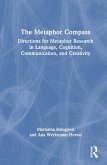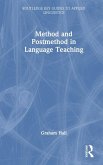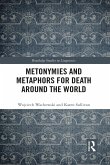
Gebundenes Buch
Directions for Metaphor Research in Language, Cognition, Communication, and Creativity
30. Dezember 2022
Taylor & Francis
| Broschiertes Buch | 58,99 € | |
| eBook, ePUB | 37,95 € | |
| eBook, PDF | 37,95 € |

17,95 €
Sofort per Download lieferbar
16,95 €
Sofort per Download lieferbar
eBook, ePUB
31. Juli 2023
Cambridge University Press
eBook, ePUB
20. November 2020
John Benjamins Publishing Company
Broschiertes Buch
Directions for Metaphor Research in Language, Cognition, Communication, and Creativity
30. Dezember 2022
Taylor & Francis Ltd
Ähnliche Artikel

Gebundenes Buch
A Guide for Clinicians
9. November 2022
Taylor & Francis


Gebundenes Buch
23. Mai 2023
Taylor & Francis

Gebundenes Buch
Challenges, Causes and Pedagogical Insights
30. Dezember 2022
Taylor & Francis




Ähnlichkeitssuche: Fact®Finder von OMIKRON
